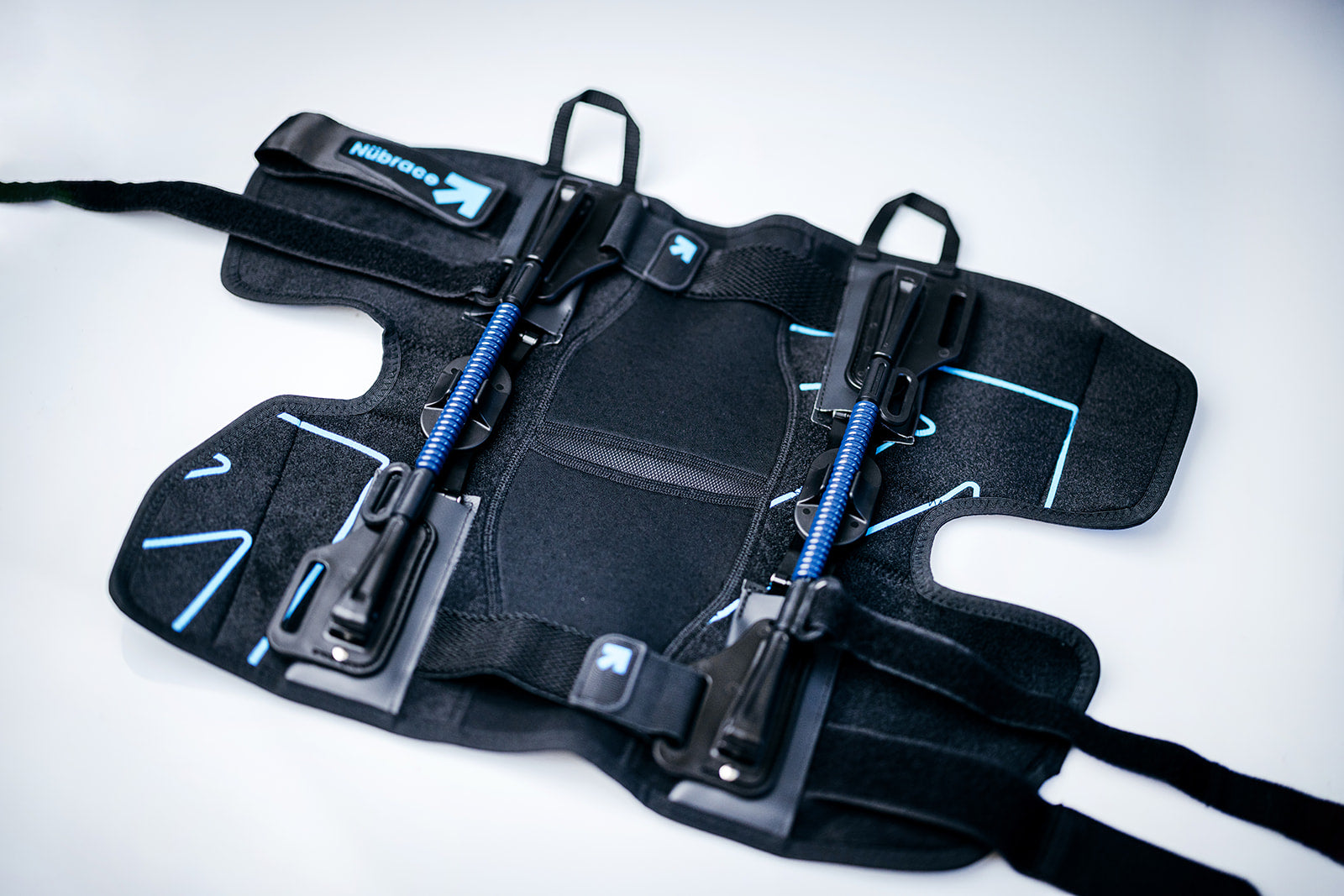Everything You Need to Know About the Right Time for a Knee Support Sleeve
If you've ever dealt with achy knees after a long day or felt that nagging pressure after a tough workout, you’ve probably considered using a knee support sleeve. And if you're like most people, you’ve also asked: “When exactly should I wear one?”
You're not alone. Compression sleeves are one of the most popular, affordable tools for knee support but knowing when to wear them (and when not to) is key to getting the most benefit.
Let’s break down the science, the timing, and the practical tips so you can use your knee support sleeve like a pro.
What Is a Knee Support Sleeve, Anyway?
Let’s start with the basics. A knee support sleeve is a stretchy, form fitting piece of gear made from elastic or neoprene-like material. It’s designed to:
- Apply compression around the knee joint
- Improve circulation and reduce inflammation
- Offer light support and proprioceptive feedback (aka helping your brain feel where your knee is in space)
It’s not a rigid brace. It doesn’t include hinges, metal, or major structural reinforcement. Think of it more like a second skin that helps your knee feel stable, comfortable, and less swollen.
When Should You Wear a Knee Support Sleeve?
Here are the most common (and smart) times to wear a knee support sleeve and why they matter:
1. During Physical Activity
Whether you're running, weightlifting, cycling, or just going on a long walk wearing a knee support sleeve during exercise can be a game changer.
Why it helps:
- Adds mild joint support
- Reduces strain and shock on the knee
- Improves proprioception for better control and alignment
- Can reduce the risk of minor injuries like sprains or overuse pain
Perfect for:
- People with mild instability or previous injuries
- Those who are active and want to protect their knees during workouts
- Runners, lifters, and athletes in low contact sports
2. After Exercise or Long Periods of Standing
Feeling sore or swollen after a workout? Or after standing all day at work?
That’s prime time to wear a sleeve.
Post-activity compression helps promote blood flow, flushes out lactic acid, and speeds up muscle recovery.
Pro tip: Wear your knee support sleeve for a couple of hours post-workout, not overnight.
3. When You Have Mild Knee Pain or Swelling
Dealing with occasional knee discomfort from arthritis, tendinitis, or just general wear and tear? A knee sleeve can offer subtle, consistent pressure that soothes your joint without making you feel restricted.
Great for:
- Early signs of osteoarthritis
- Mild swelling from overuse
- "Off" days where your knee just feels weak
It won’t fix the problem, but it’ll take the edge off.
4. While Traveling or Sitting for Long Periods
Long car rides or flights can cause fluid buildup around your knees especially if you're prone to joint pain. Compression sleeves help reduce that swelling and stiffness.
Pro tip: Pop one on during travel and take it off when you arrive or after a couple of hours of movement.
5. During Rehab and Physical Therapy
If you’re coming back from an injury (but not serious enough for a brace), your PT might recommend a knee support sleeve to help stabilize the area while you rebuild strength.
It won’t replace therapy but it’ll keep you feeling secure as you get back to full movement.
6. On Cold or Rainy Days (Seriously)
Some folks with joint issues swear their knees act up in cold or damp weather. Compression sleeves keep the joint warm and cozy, which can actually help reduce stiffness and minor aches.
Bonus: It’s like a warm hug for your knee.
When NOT to Wear a Knee Support Sleeve
We covered this in another post in detail, but here’s the quick rundown:
❌ After serious injury or surgery - You’ll likely need a proper knee brace with structural support.
❌ 24/7 use - Overuse can weaken your muscles over time.
❌ During intense contact sports - A sleeve isn’t enough.
❌ While sleeping - Unless your doctor says otherwise, let your skin and joints breathe.
❌ If it doesn’t fit well - Too tight = restricted circulation. Too loose = useless.
How Long Should You Wear a Knee Sleeve?
Depends on the situation:
- During workouts: Wear it the entire time.
- Post-workout recovery: 1-2 hours max.
- During travel or sitting: A few hours, then remove it.
- For daily support: Only during activity or flare ups not 24/7.
Listen to your body. If you feel numbness, tingling, or excessive tightness take it off and adjust the fit.
How to Choose the Right Knee Support Sleeve
If you’re going to wear it regularly, make sure you’re buying one that works:
Look for:
- Breathable material (mesh or moisture-wicking)
- Snug, anatomical fit (not too loose or tight)
- Medical grade compression (but still comfortable)
- Durability (good stitching, no fraying after a few washes)
Bonus: Some modern sleeves come with extra features like adjustable tension zones or flexible support panels like the Nübrace, which offers a hybrid of sleeve like comfort with advanced support.
Why Nübrace Is a Smarter Sleeve Option
Traditional sleeves are great but if you need just a little more support and functionality, the Nübrace knee support sleeve takes it to the next level.
Here’s what makes it stand out:
- Dual-spring support that helps offload stress
- Adjustable resistance for different activity levels
- Breathable, ergonomic fit that stays put
- Designed for real-world movement not just sitting still
It’s the perfect step up from a basic sleeve, especially if you’re active, aging, or managing mild instability or chronic knee pain.
Final Thoughts
So, when should you wear a knee support sleeve?
✅ During workouts
✅ After exercise
✅ When dealing with mild pain or swelling
✅ While traveling or sitting for long stretches
✅ During rehab or physical therapy
✅On days when your knees just need a little extra love
Just remember: a sleeve isn’t a fix all. It’s a tool. Use it smartly pair it with strength work, good movement habits, and rest and you’ll keep those knees happy, healthy, and strong.









